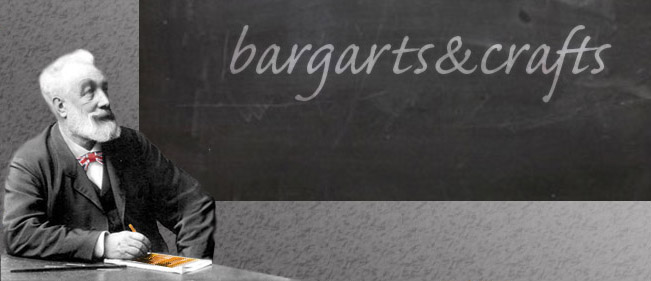
Today we are running a new section in our blog: Fun friday to start our weekend with a bit of humour.
Do you get the joke?
Please write your comments by answering some of the following questions
1.What is the meaning of “rule” and “rock” in Spanish?
2.Do you think this joke makes any sense in Spanish?
3.How would you translate this joke into Spanish?
4.Do you know any similar joke sin Spanish?




